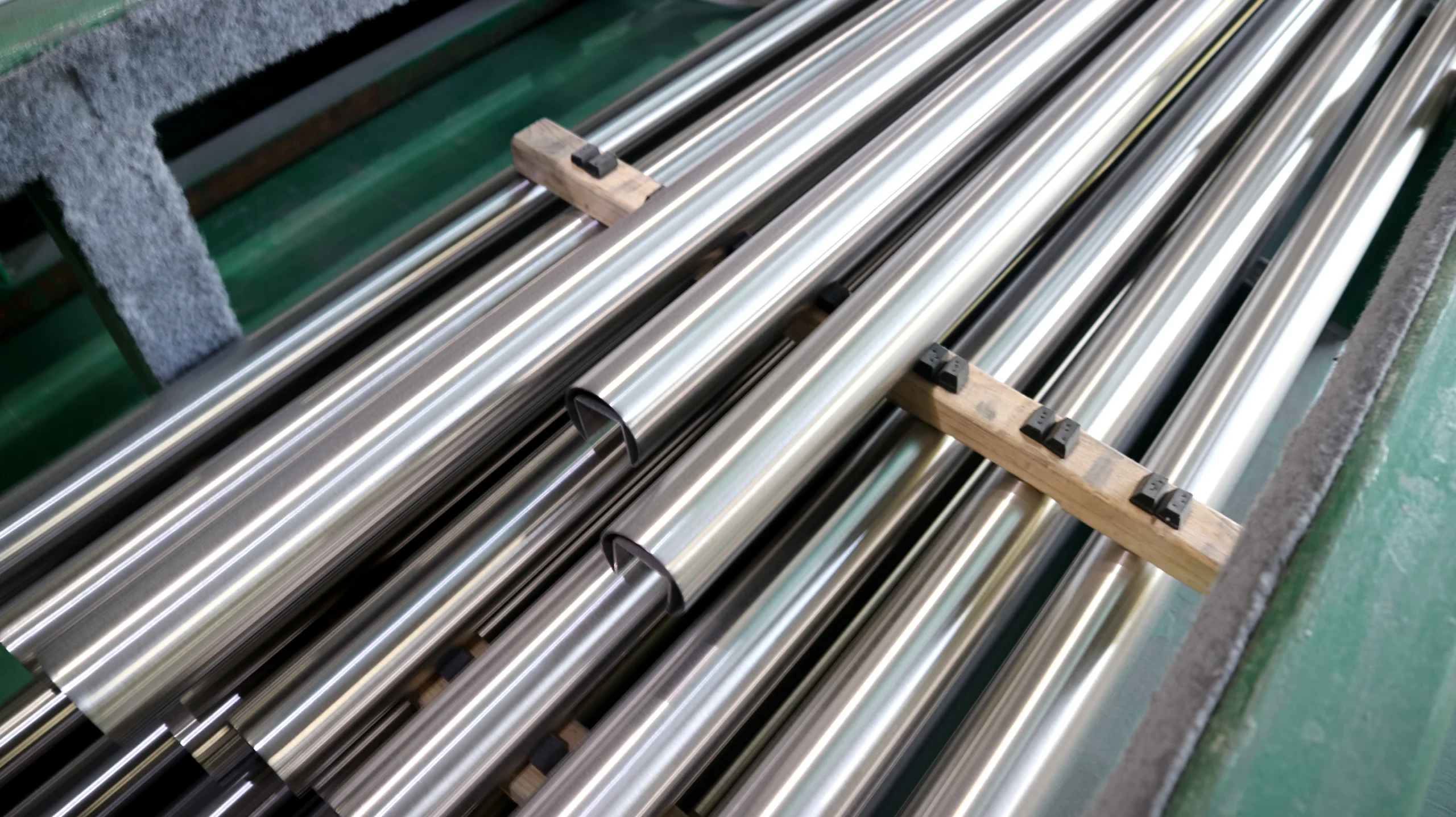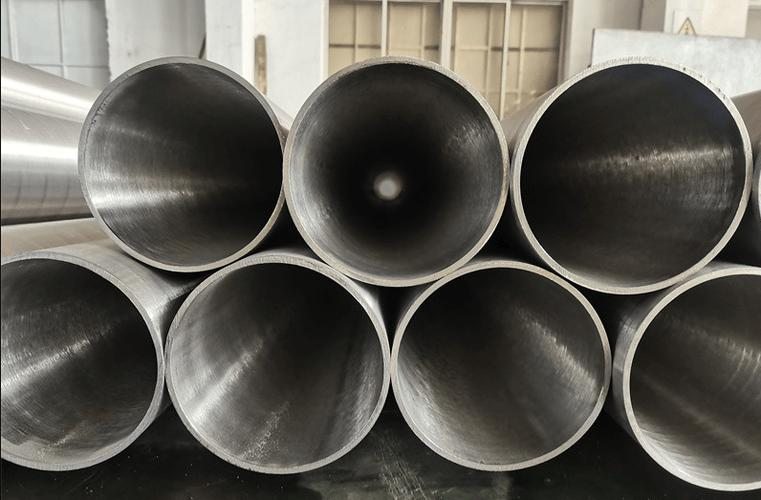What is intergranular corrosion ? An insidious threat in stainless steel piping а также fitting systems is intergranular corrosion. Failing even in strong metals, it is a form of localised corrosion that can seriously damage equipment.
What Is Intergranular Corrosion? A Hidden Threat!
Intergranular corrosion is a selective corrosion that occurs along the grain boundaries of a metal. A grain boundary is where individual crystals meet. The body of the material is largely unaffected, making it difficult to detect visually. It can severely weaken components and eventually lead to unexpected failure.
Why Intergranular Corrosion Occurs
Understanding what is intergranular corrosion involves knowing its causes. It is primarily linked to material changes at grain boundaries, especially in stainless steel.
When chromium forms carbides, it consumes nearby areas. These areas lose the protective effect of chromium and corrosion resistance is reduced.
This process makes stainless steel susceptible. It refers to chromium depletion at grain boundaries, which occurs during welding or prolonged high temperature exposure, and can form weak points for corrosion.
Once sensitized, the depletion zone becomes vulnerable. Exposure to aggressive environments leads to rapid corrosion, including acid or chloride solutions. Grain boundaries are preferentially corroded.
Stressed components are more prone to failure. Intergranular corrosion leads to intergranular stress corrosion cracking, which combines corrosion and stress damage. It can accelerate material degradation.
Factors Increasing Risk
| Factor | Описание | Impact on Stainless Steel |
|---|---|---|
| Термическая обработка | Heating between 450−850°C | Forms chromium carbides |
| Сварка | Slow cooling in weld zone | Sensitizes adjacent material |
| High Carbon Content | More carbon available for carbides | Higher sensitization risk |
| Corrosive Media | Acids, chlorides, sulfur compounds | Attacks depleted zones |
| Long Exposure | Prolonged time at sensitizing temp | Increases carbide formation |
Что мы делаем
Prevention Strategies
| Strategy | Описание | Impact for Piping |
|---|---|---|
| Low Carbon Grades | Use 304L, 316L (L for Low Carbon) | Minimizes carbide formation |
| Stabilized Grades | Use 321, 347, 316Ti (with Ti or Nb) | Ti/Nb combine with carbon |
| Solution Annealing | Heat to 1050 °C , then fast cool | Redissolves carbides, restores Cr |
| Proper Welding Practice | Control heat input, fast cooling | Reduces sensitization zone |
| Avoid Sensitizing Temps | Limit time in 450−850 °C range | Prevents carbide formation |
| Material Selection | Choose appropriate stainless steel | Suits environment, prevents IGC |
The Impact of Intergranular Corrosion on Your Assets
The material becomes brittle and breaks easily under stress. This can result in catastrophic failure.
Corroded pipe walls can develop cracks, leading to fluid leakage and contamination of the process stream.
Failures cause unplanned downtime, resulting in lost production and significant repair costs.
Corrosive fluid leaks can create hazardous situations, posing a danger to personnel and damaging surrounding equipment.
Choosing the Right Stainless Steel for Your Applications
- 304L Stainless Steel: Low carbon content prevents sensitisation during welding. It is the most suitable material for general-purpose welded stainless steel tubes.
- 316L Stainless Steel: Low carbon content. Molybdenum enhances corrosion resistance. Excellent for welding marine or chemical stainless steel fittings.
- 321 Stainless Steel: Titanium is stable. Resists intergranular corrosion at high temperatures. Suitable for exhaust systems.
- 347 Stainless Steel: Niobium stabilised. Similar to 321. Good performance in the sensitised temperature range.
- 316Ti Steel: Titanium stabilised 316. Best choice for high temperature applications. Resists intergranular corrosion even after welding.
Ensuring Intergranular Corrosion Resistance: Your Sourcing Checklist
Work with manufacturers with a proven track record. They invest in advanced processes and have an in-depth understanding of materials science. This commitment minimises production defects.
ISO 9001:2015, a globally recognised standard, indicates that the quality management system is robust and ensures consistent production control. It means that the manufacturer follows strict procedures for every single stainless steel pipe and fitting.
For pressure-related applications, the CE-PED standard must be met. This directive requires stringent safety checks to ensure that materials and manufacturing methods do not fail under pressure.
Always obtain and review Request Material Test Reports. These documents confirm chemical composition, verify mechanical properties and provide full traceability. This ensures you receive accurate material grades.
For welding applications, choose from grades 304L, 316L, 321, or 347. These grades prevent sensitisation, chromium depletion in the weld zone and intergranular corrosion.
Связаться с нами
- RM901 No.22 Tangjiaqiao Road Wenzhou Китай
- +86 577 8551 1171
- [email protected]
- https://www.kaysuns.com/



